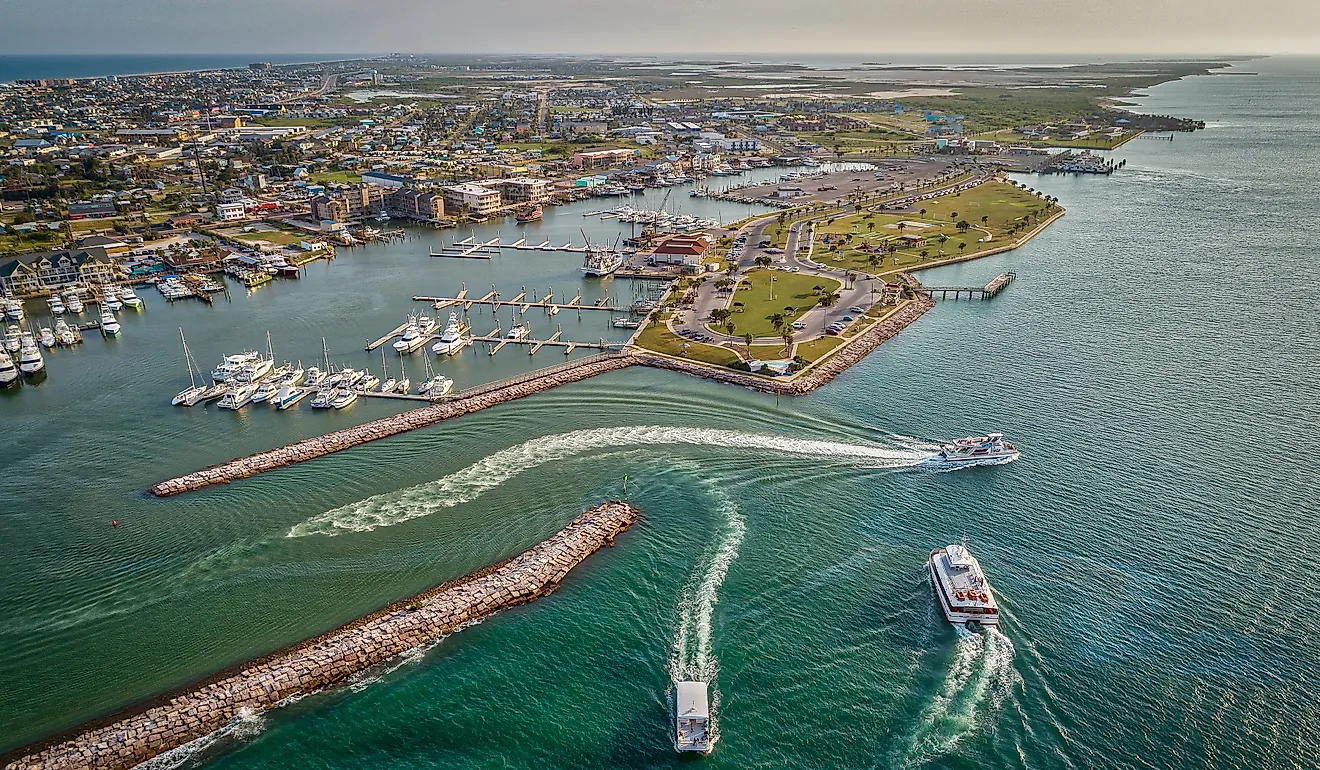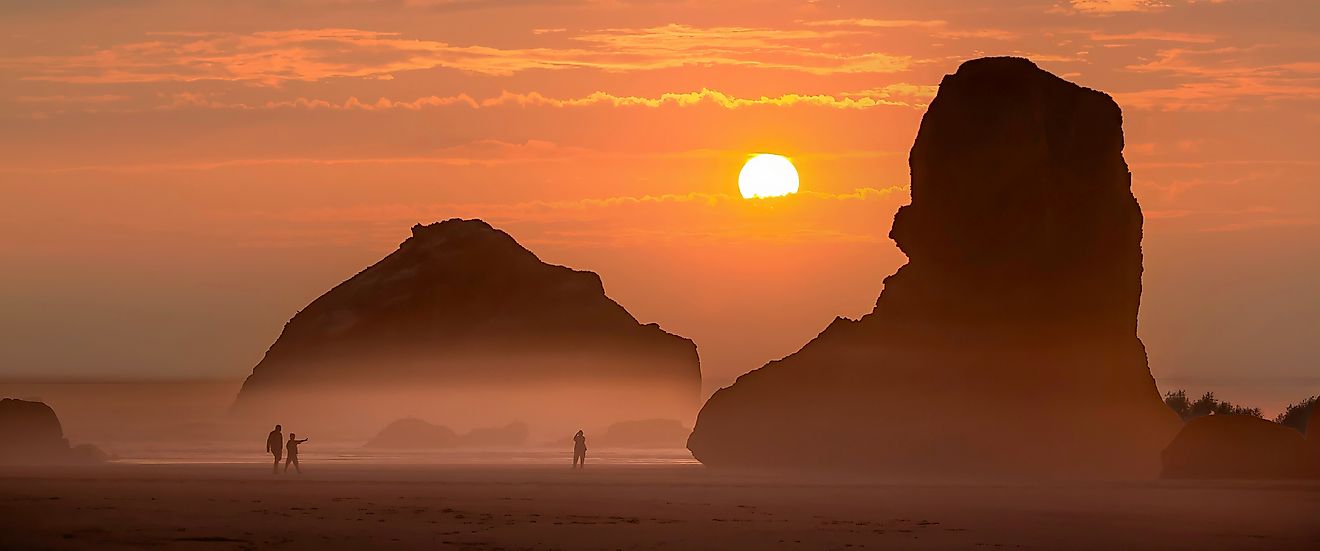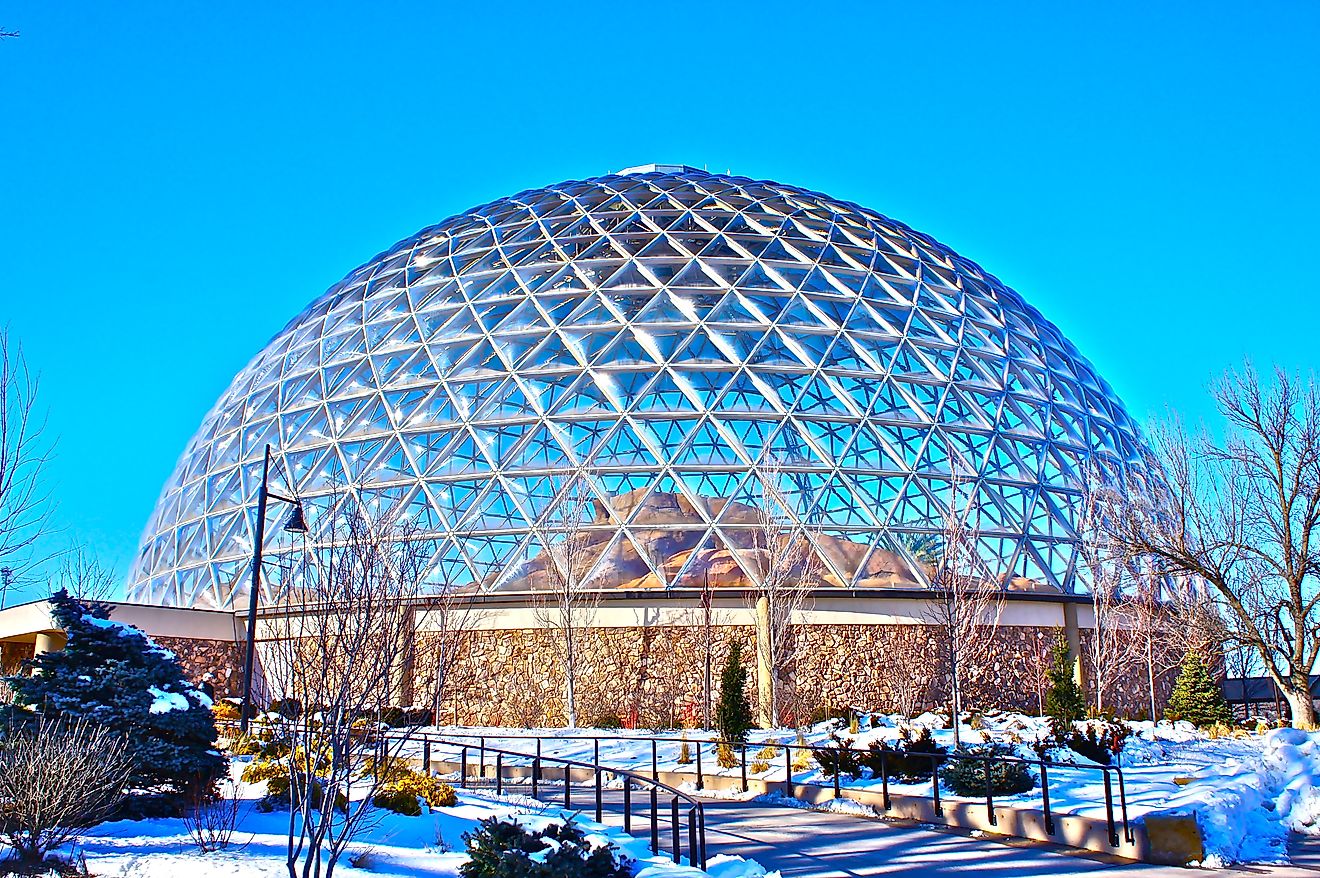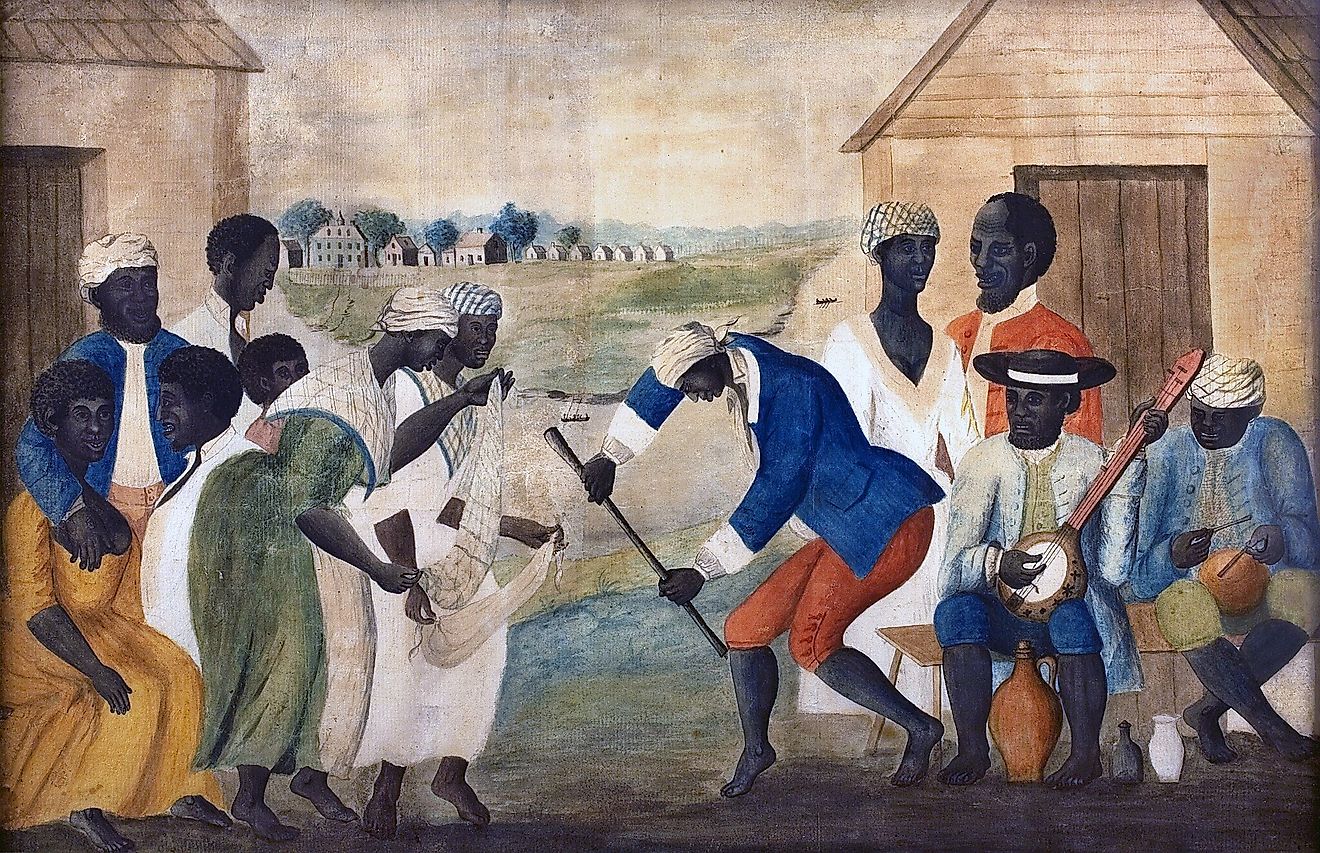Ounianga Lakes Of The Sahara In Chad
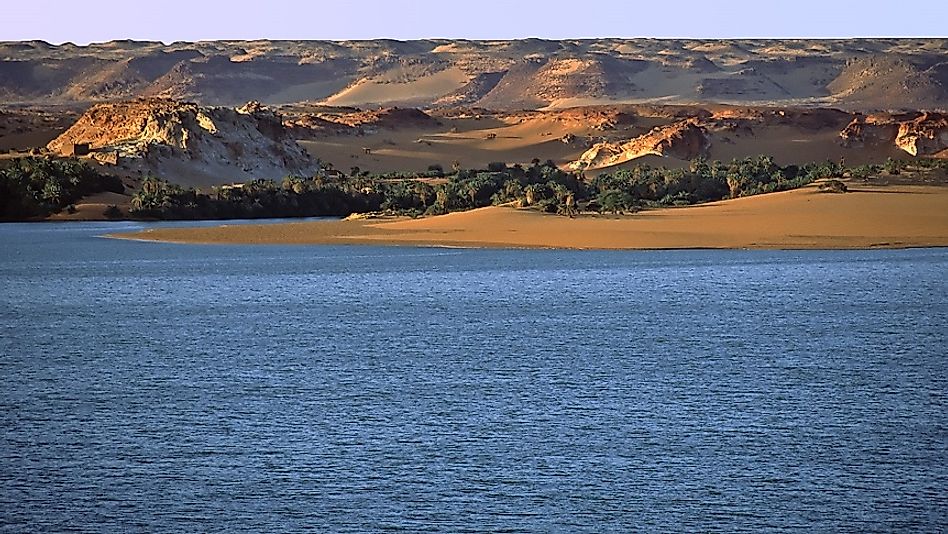
5. Description -
The Lakes of Ounianga are located in the northeastern region of the country of Chad in the Sahara Desert. The lakes are located in a basin in the Tibesti mountains, in a region that is hot and extremely arid, since it is located in a desert. This makes the lakes unique since the region they are in only receives around 0.1 inches of rain a year. In total their are 18 lakes that make up the Lakes of Ounianga that come in a variety of different sizes, depths, coloration and chemical makeups. The lakes are generally categorized into two different groups, the Ounianga Kébir group which has four of the lakes and the Ounianga Sérir group which has fourteen of the lakes. In total all of the lakes combined have a total surface area of around 8 square miles (20 square kilometers.
4. Natural History -
The climatic history around the Lakes of Ounianga are theorized to have a connection to the migration of humans that occurred at the end of the last ice age around 11,000 years ago. The area was home to vast monsoons, which fed a once vast lake that diminished over time and desert retook the area around 5,000 years ago, giving the Lakes of Ounianga their current backdrop, size and look that they currently have today.
3. Modern Significance -
The Lakes of Ounianga became the first United Nations Educational, Scientific and Cultural Organization (UNESCO) World Heritage Site in Chad, having been designated as such in 2012. It is currently one of two UNESCO World Heritage Sites in the country. The lakes also have a very unique hydrological system, that is still being studied by scientist to be fully understood, which manages to sustain the largest permanent freshwater lakes system in the world found in a hyper-arid environment. The area is also noted for its visual beauty with its mix of colors, contracts, shape and distribution.
2. Habitats and Biodiversity -
The Lakes of Ounianga make up a hydrological system that is rather unique for a body of water located in a desert setting. Normally, when a body of water is in a extremely arid environment has a exposed surface the water become saline (salty water) because of the high rate of evaporation the water experiences from the heat. Due to a variety of factors including depth, separation of the lakes, thick mats of reeds on the lakes and a underground aquifer all of the lakes in the Ounianga Sérir group have fresh water. These lakes are host to a several different fish species, as well as amphibians, invertebrates and plants. The lakes in the Ounianga Kébir group have highly saltine water that can only host algae, certain select microorganisms and spirulina, which is a cyanobacteria.
1. Environmental Threats and Conservation Efforts -
The lakes' unique hydrological systems and water levels have been functioning and stable, and its natural aesthetic beauty has also been very well conserved and protected. Part of this is due to the efforts made by the villages of Ounianga Kebir, with a population of around 9,000, and Ounianga Serir, with a population of around 1,000. These villages are located next to two of the lakes, Lake Yoan and Lake Teli respectively. These villages cause some impact on the site with a lack of waste management that has been affecting the water quality of the lakes they sit on, but these issues are being worked on and the environmental impact of them has been limited. Local and governmental initiatives has been taken to insure that human activities do not threaten the site and are compatibility with maintaining the sites integrity. In 2008, the government of Chad also passed a decree that any activities that would threaten the integrity of the site are forbidden from taking place.

